Das USDOT veröffentlichte FAQs - Häufig gestellte Fragen am 19. August 2011 (zuletzt überarbeitet am 12. Dezember 2016) zur Durchsetzung der Zweiten Endgültigen Vorschrift zur Verbesserung des Schutzes von Fluggästen (EAPP #2). EAPP #2 beinhaltet die "Full Fare Rule" (Price Advertising and Opt-Out Provisions 14 CFR 399.84, veröffentlicht am 20. Dezember 1984), die vorschreibt, dass die beworbenen Flugpreise Gebühren und Steuern enthalten müssen.


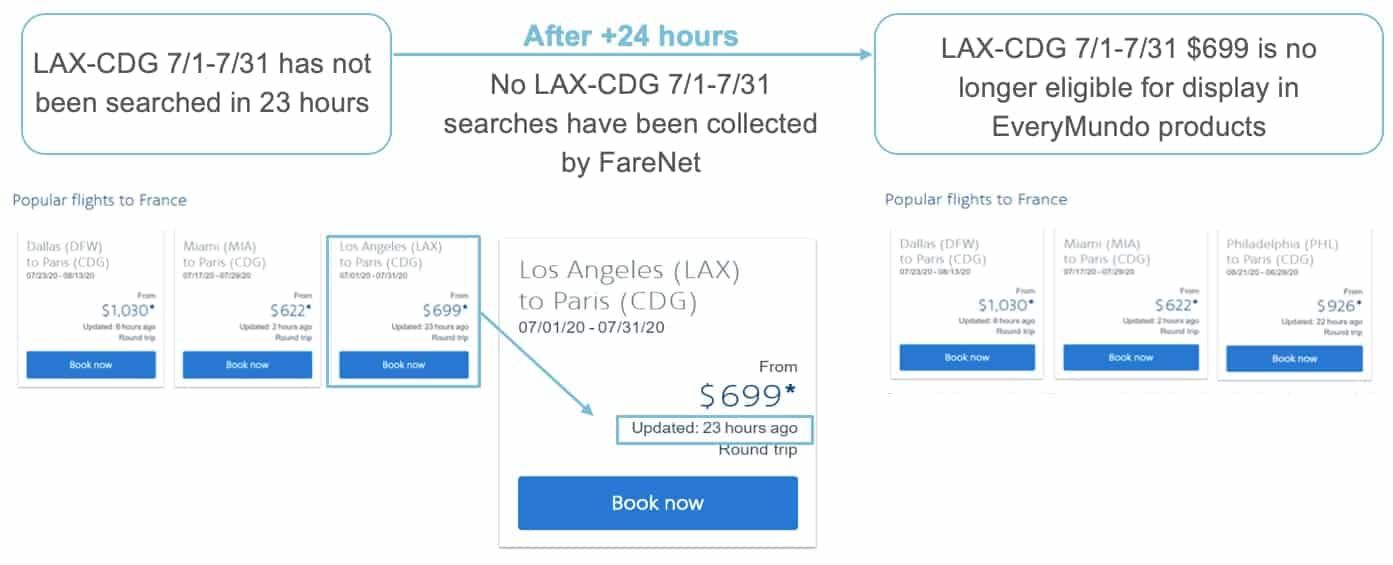
Passen Sie die Angabe "Tarife von" sowie den Zeitstempel des Tarifs und die Geschäftsbedingungen unter jedem airModule an.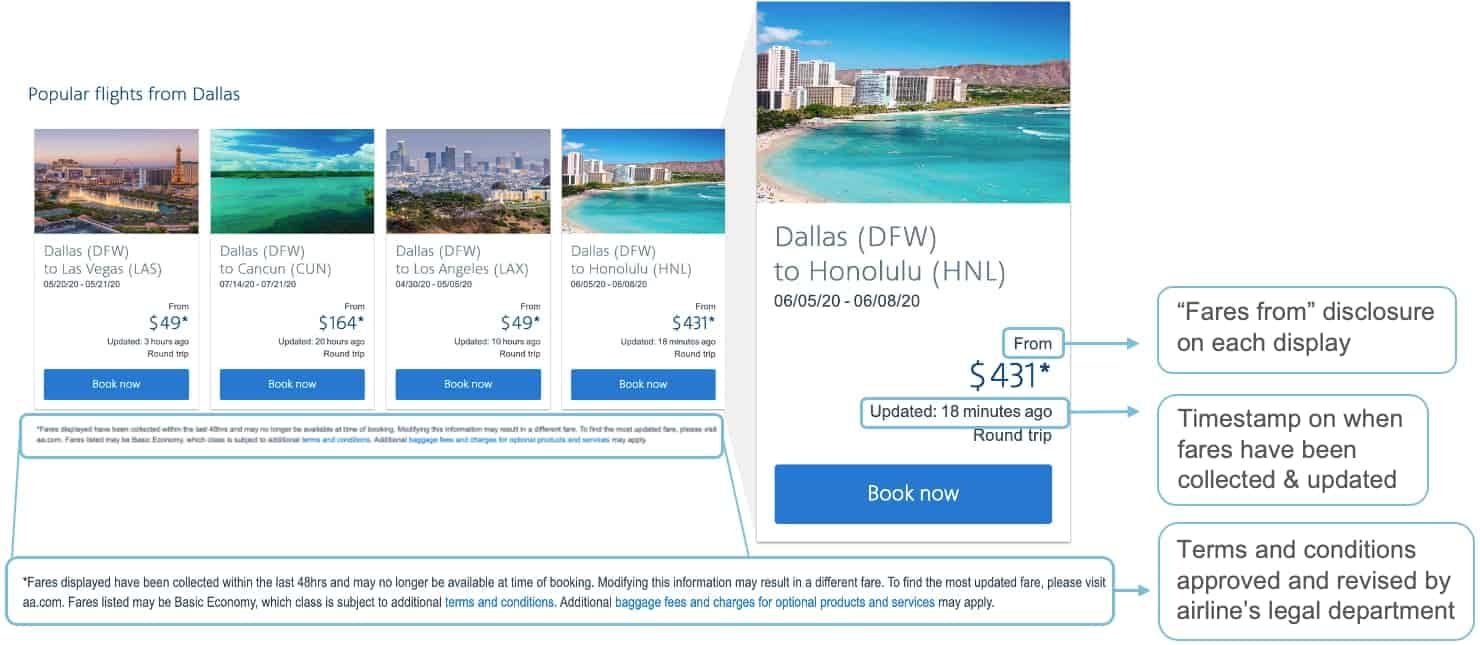
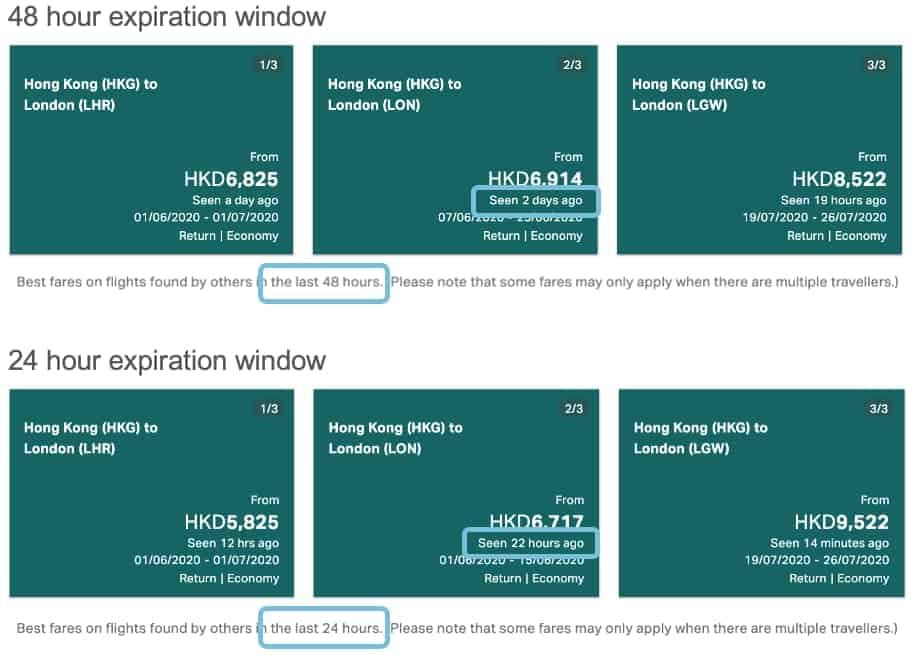
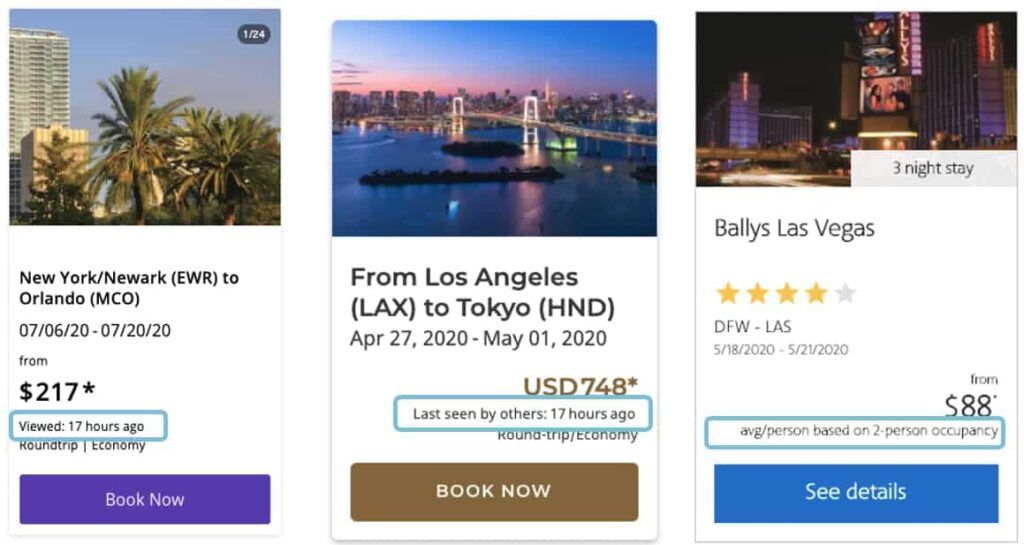
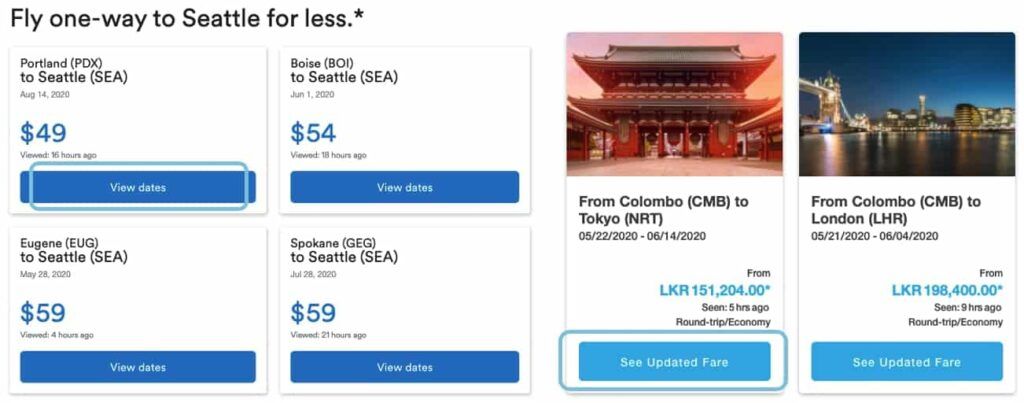
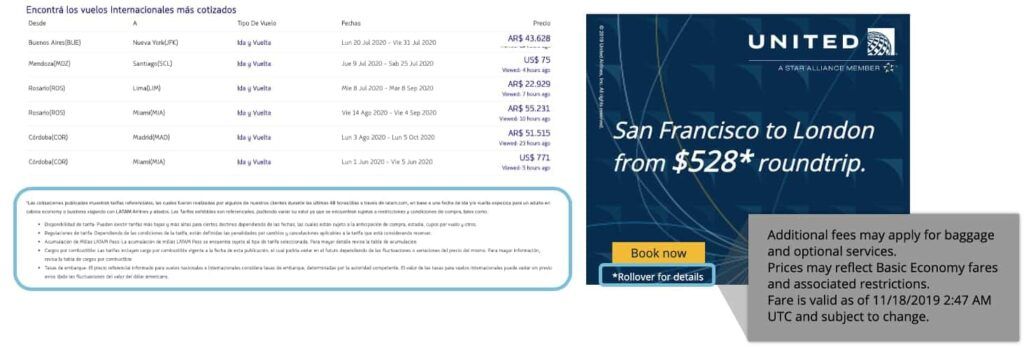
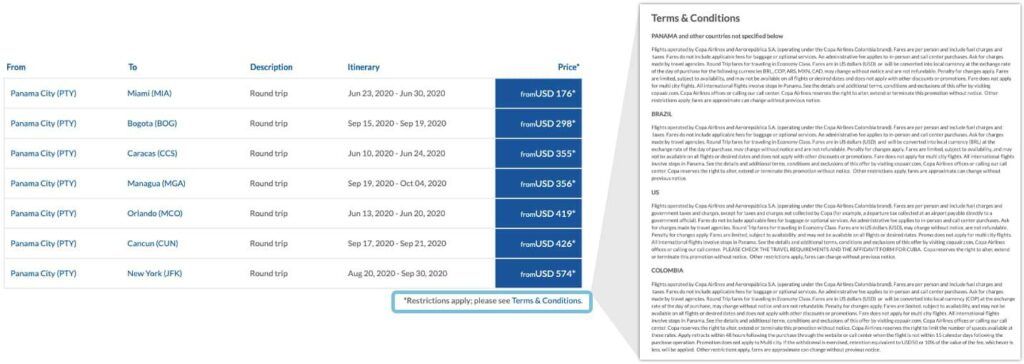
Ändern Sie die Titel der airModule so, dass sie "von anderen gesehene Tarife" und/oder die Allgemeinen Geschäftsbedingungen wiedergeben, bevor die Tarife dem Webbesucher präsentiert werden.
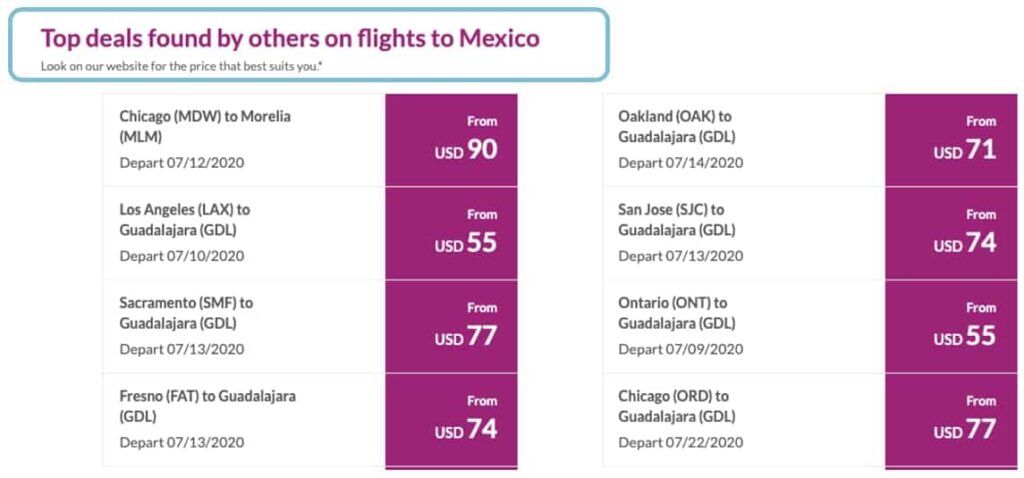
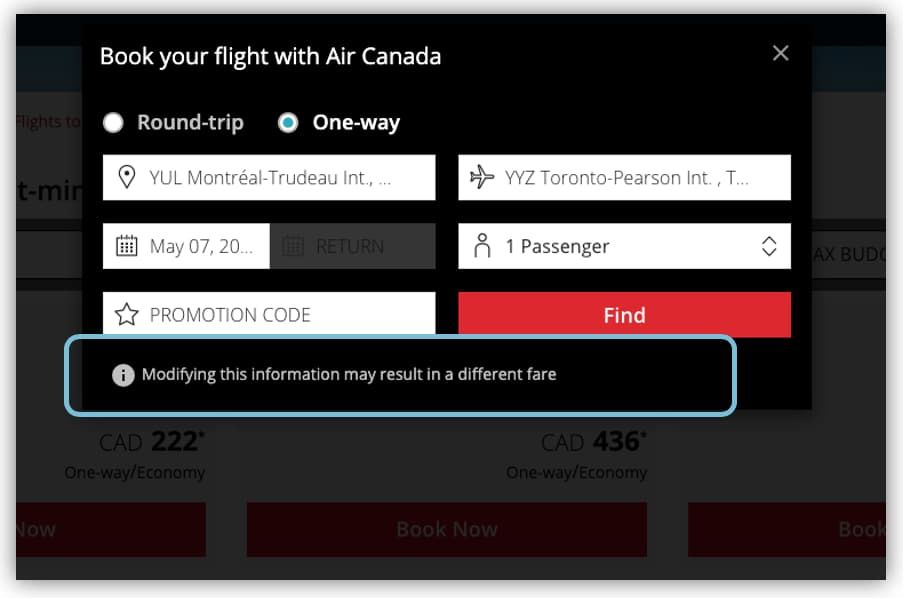

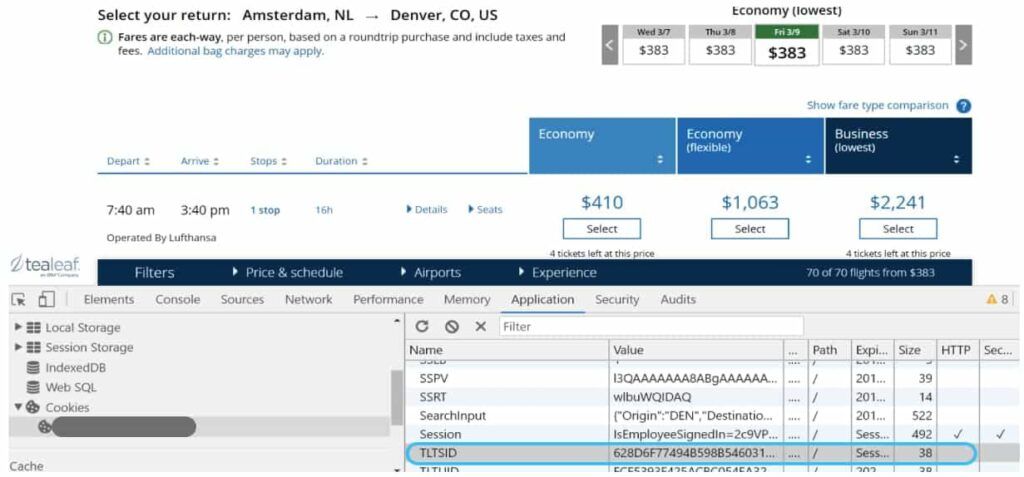
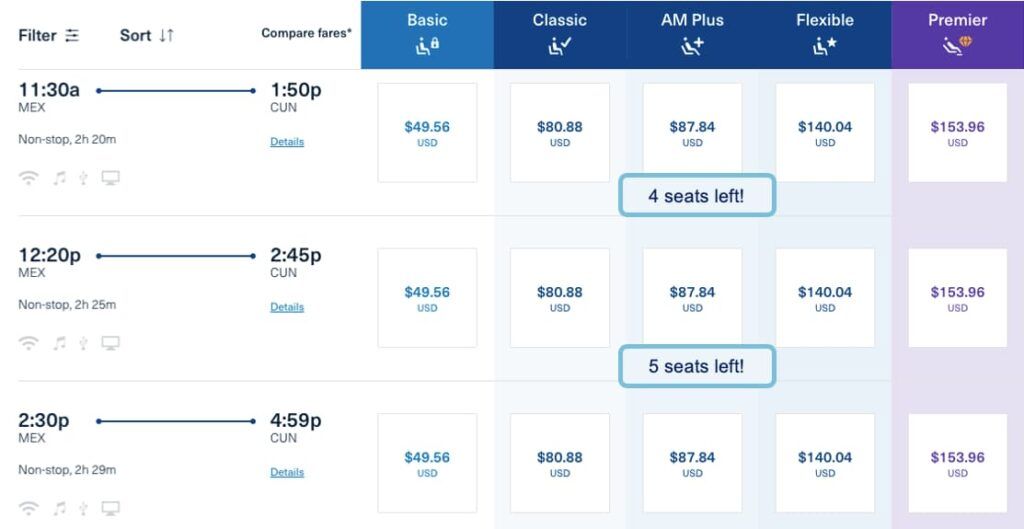
"Unverzügliches Handeln" hängt von der Art der Anzeige ab. Handelt es sich um eine Printanzeige, muss diese so schnell wie möglich zurückgezogen werden. Handelt es sich um eine Internet-Bannerwerbung auf der eigenen Website des Unternehmens, muss die Anzeige so schnell wie möglich entfernt werden, d. h. innerhalb von 24 Stunden oder weniger. Wenn es sich um eine Internet-Bannerwerbung auf einer anderen Website handelt, ist sich die Durchsetzungsstelle darüber im Klaren, dass es mehr Zeit in Anspruch nehmen kann, diese Werbung zu entfernen, aber eine solche Werbung sollte so schnell wie möglich entfernt oder geändert werden (auf keinen Fall länger als ein oder zwei Tage). Bei Tarifangeboten im Internet muss der verfügbare Tarif sofort aktualisiert werden. Bei Tarifangeboten, die auf Twitter oder Facebook gepostet werden, sollte der Twitter- und Facebook-Feed aktualisiert werden, sobald nicht mehr eine angemessene Anzahl von Plätzen zu diesen Tarifen verfügbar ist, um anzuzeigen, dass diese Tarife ausverkauft sind, oder das Twitter- oder Facebook-Posting sollte aus dem Feed der Fluggesellschaft entfernt werden.
Transport.gov Luftwerbung
Transport.gov DOT verhängt Geldbuße gegen Air France wegen Verstoßes gegen Preiswerbevorschriften
Transport.gov Standorte
Pillsbury Law Veröffentlichungen
Anmerkung: PROS hat keine Quelle gefunden, die darauf hinweist, dass besondere Einschränkungen und Bedingungen nur einen Klick vom Tarif entfernt sein müssen.